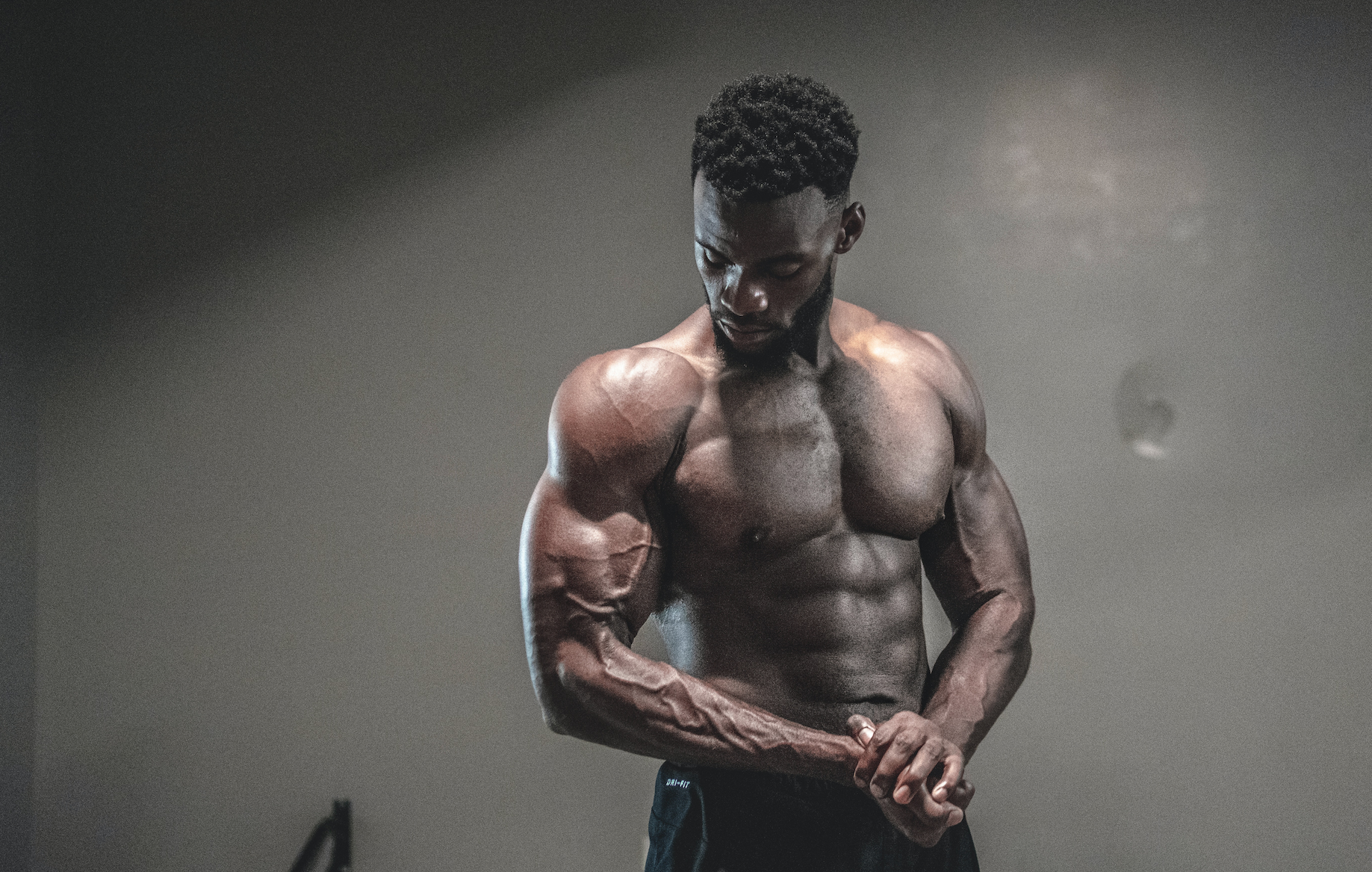When you set out to start packing on muscle mass, there are a few dietary staples you should keep in mind. Lean protein is at the top of the list followed by quality carbohydrates and healthy fats. Obviously training is a large factor here, but we will save that for another time!
What to eat
Rule No. 1 when planning a diet to build muscle is choosing the correct foods that are going to promote optimal muscle growth. When you are training muscle fibers are being torn in the process, so feeding them allows recovery and growth. Protein is first and foremost as it feeds the muscle a wide array of amino acids. Eat a variety of protein sources, like eggs, beef, chicken, fish or other wild game. If you are not into meat some good alternatives are organic fermented soy, beans or legumes, nuts or a high-quality protein supplement. Making sure you eat enough protein is vital to muscle growth. Typically, 1–1.5 grams of protein per pound of lean body mass is a sufficient.
Simple carbohydrates such as rice, oatmeal, potatoes, pasta, cereal, breads and grits provide stored energy for training and muscle glycogen storage. If you are looking for explosive, powerful training, carbs play a strong roll in that department. Eating between 2 and 6 grams of carbs per pound of lean body mass is essential. Your body composition and insulin sensitivity will determine how much you need, so start with 2–3 grams and continue to work your way up from there as needed.
To complement the duo above, healthy fats, like avocado and extra virgin olive oil, assist in nutrient uptake and assist carbohydrates in slowing down absorption, which leads to longer stored energy. Fats we keep on the lower end — around 0.4–1.2 grams per pound of lean mass as we want to optimize metabolism and food absorption. Too many fats can slow the process down and not allow us to balance our macros, which can lead to under-eating.
When to eat
Meal frequency is the bread and butter to eating for muscle gain. Five to seven meals a day is ideal for men or women when packing on muscle. Once your macros are set up from the tips listed above, it is time to apply those numbers for meal breakdown. Let’s take a 200-pound man with 12 percent body fat, which leaves him at 176 pounds of lean body mass. His macros would break down to something like this on a basic layout — about 45 grams of protein, 60 grams of carbs and 10 grams of fat per meal for six meals each day. That may sound like too much, but if you think that two to three meals are going to cut it, you will be spinning your wheels for years to come. This caloric nutrient-dense surplus is what leads to muscle growth. Without proving that surplus the body simply cannot adapt. The bigger you get, the more food you need. As we grow from small children to adults our appetite increases as our systems need more fuel and nutrients, and it is the same case with gaining muscle mass.
All of that being said, when it comes to figuring out how much you need for your goals and current stats, calculate the numbers yourself or look for an online macro counter like Freedieting.com, Bodybuilding.com or an app like My Macros, and you will be all set to make gains!
Related articles
Simple Exercises To Encourage Hip Health
Why Do We Need Vitamin D, And How Do We Get It!
Get Involved With These Sports To Stay Active As You Age
Pros And Cons Of Soy: Should You Add It To Your Diet?
Acupuncture Treatments: Fighting Pain With Needles

